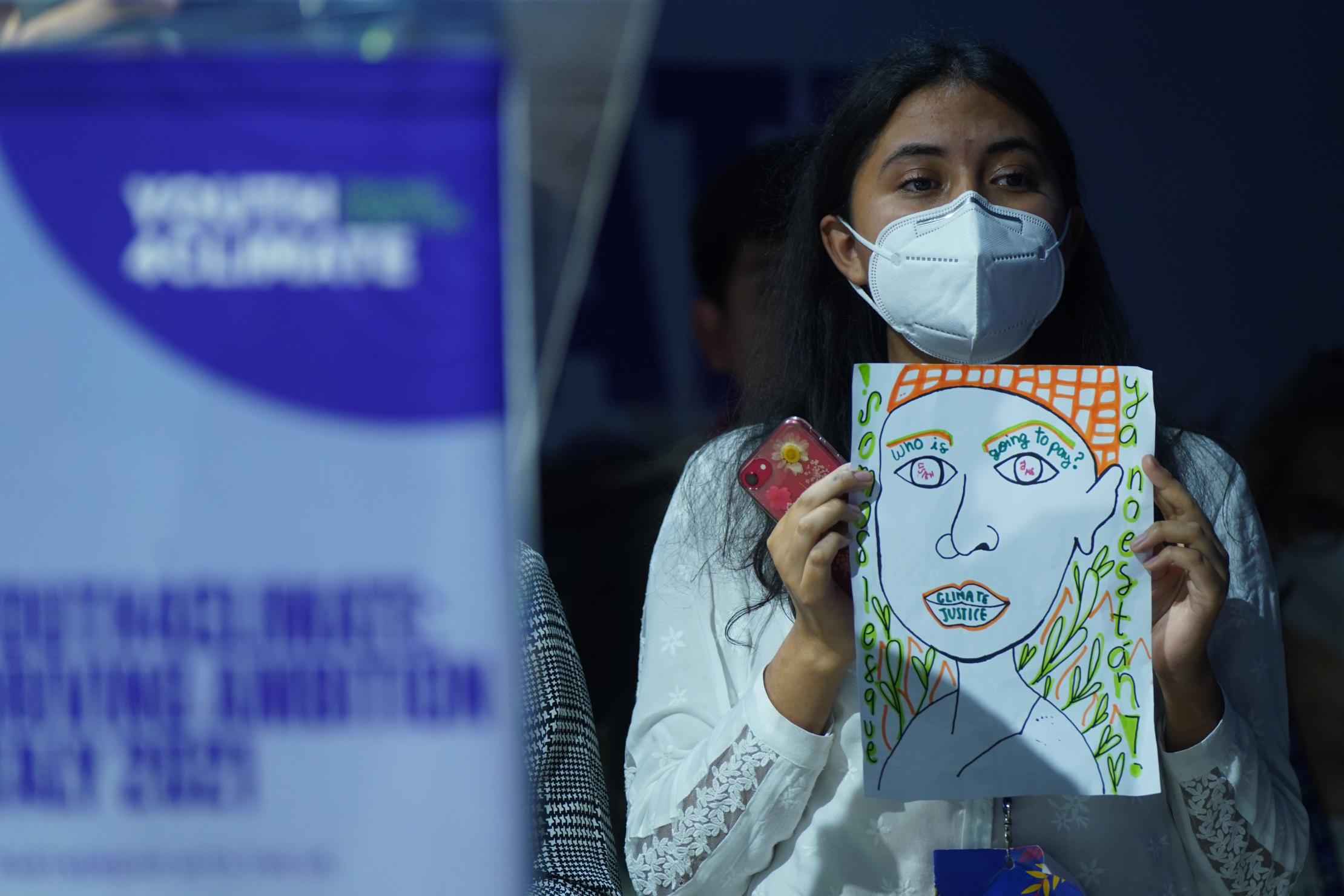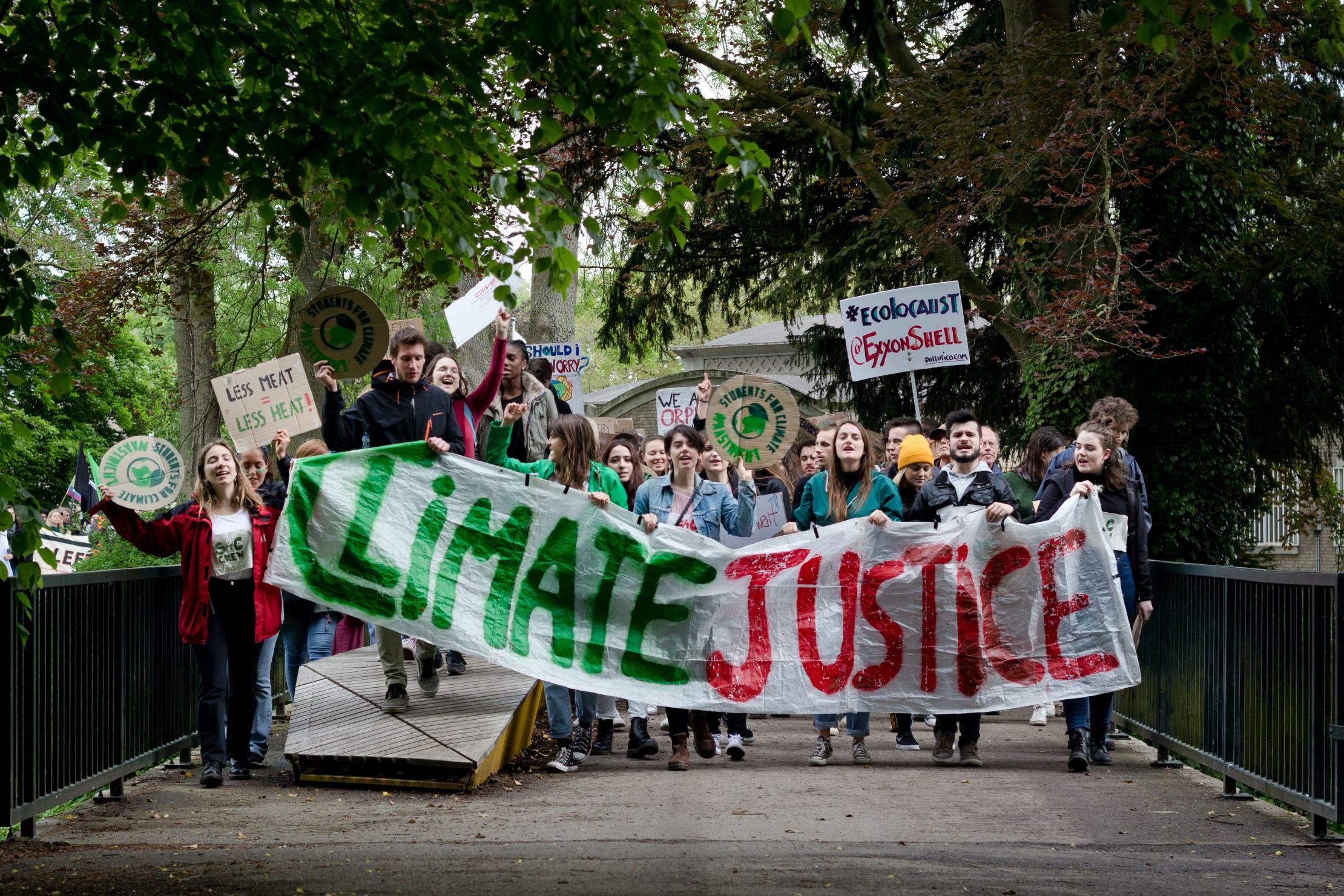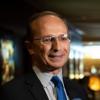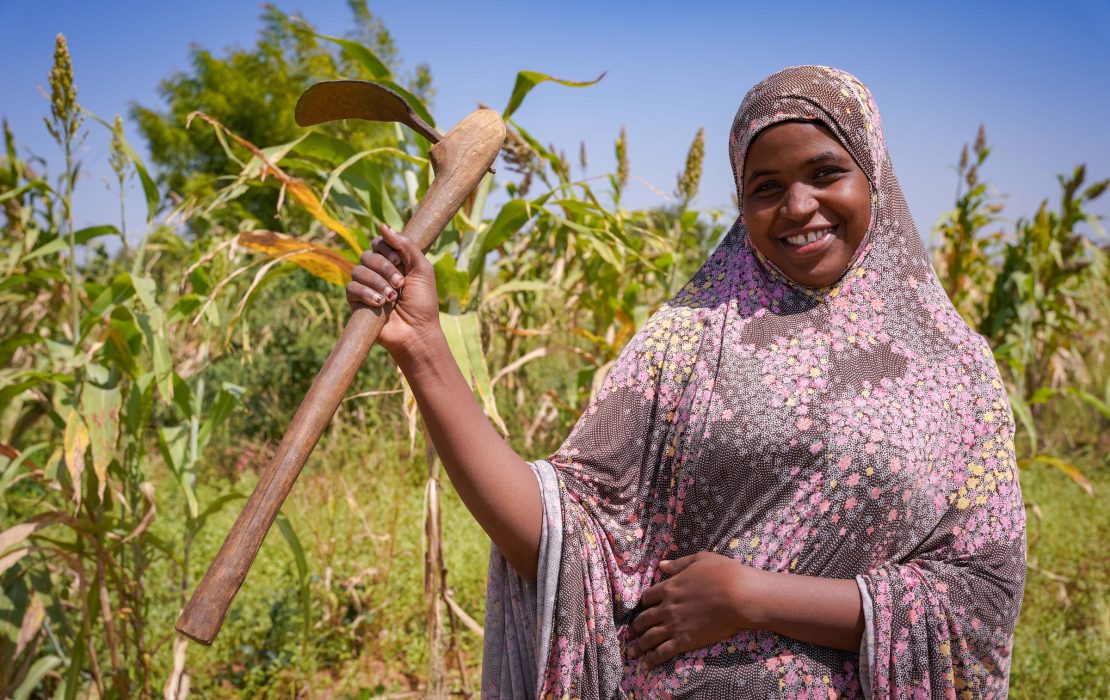
A participant at the Youth4Climate event. Credit: UNDP
This piece was originally published in Asia Times.
Every day across Asia and the Pacific, thousands of young people are fighting to protect the environment, against climate change and vested interests that are contributing to the destruction of our forests, oceans, and futures.
For many years now, young people have been calling on leaders to take greater steps to tackle the climate crisis, including reducing greenhouse gas emissions and protecting the most vulnerable from its impacts.
Young climate activists make great personal sacrifices, and in many cases, they also face grave danger. Together, we must try to do everything we can to protect them. They are the heroes fighting on the front lines, to protect our environment and our collective futures.
Youth climate activists face intimidation, harassment, criminalization, stigmatization, and violent attacks. Most disturbing perhaps are reports that the number of victims is increasing, with the intensification of the climate crisis.
The latest figures show that there were 227 lethal attacks on climate activists in 2020 – an average of more than four people a week – making it the most dangerous year on record for them.
Many of these climate activists, also known as environmental human-rights defenders (EHRDs), are young people from Asia and the Pacific. Across the region, young climate activists are fighting to halt deforestation and protect the rights of indigenous peoples, and they are among the groups facing the worst attacks. The Philippines ranked No 1 in Asia and the third country worldwide with 29 land rights and environmental advocates killed in 2020.
The climate crisis is now also a human-rights crisis. Intersectional risks due to differing contexts and identities contribute to the vulnerabilities making women, members of LGBTQ community and indigenous youth some of the most at-risk defenders.
These young people face a disproportionate number of attacks. For example, more than a third of all fatal attacks against climate activists targeted indigenous peoples – even though indigenous communities make up just 5% of our global population. Young women and LGBTQ youth also face violence, including sexual assault, one of the worst forms of oppression by those in power.
Many more young climate activists are imprisoned, threatened, forced to go into hiding or flee. Many of them lack the resources, contacts, and power to mitigate attacks to protect themselves, meaning most of the attacks go unreported.

Credit: Vincent M.A. Janssen
In order to help tackle the issue, the United Nations Development Program (UNDP) and the Office of the United Nations High Commissioner for Human Rights (OHCHR), together with partner organizations and Sweden, are supporting the Youth Empowerment in Climate Action Platform (YECAP) to provide training to 1,000 young EHRDs, on their legal rights and how to navigate potential harm during their advocacy work.
This is in addition to personal mentorship support and closer collaboration from human-rights organizations on the ground will be some of the key steps needed to help keep young climate activists safe.
The program is just one component of UNDP and Swedish efforts to raise the voices of young people across the region and ensure that they are heard. This will be achieved by improving climate education in schools, practical green-skills and leadership training, mentorship, financing, and other projects.
This week we are celebrating 50 years since the landmark Stockholm UN Conference on the Human Environment, and as part of the YECAP program, UNDP and Sweden are calling on leaders across Asia and the Pacific to protect the rights of young climate activists.
This includes their right to freedom of expression and their ability to participate freely and without the fear of retribution and reprisal. It also involves all our development partners working together, to jointly create safe and meaningful participation spaces for youth in climate action across the region.
We are calling on all other development partners, including international agencies, non-profit organizations, and other development partners, to increase their support for young climate activists. Supporting civil society organizations (CSOs) who are on the front lines of climate change is instrumental in our plan of action to ensure the safety and well-being of EHRDs and climate activists within a shrinking civic space.
Through partnerships with CSOs like Asia Indigenous Peoples Pact who are promoting and protecting indigenous peoples’ rights, we are empowering young environmental human-rights defenders from vulnerable groups to claim their rights while minimizing the risks they face.
This is paramount as indigenous youth continue to suffer a disproportionate number of attacks. These efforts must be both gender and LGBTQ-responsive and adapted to the specific attacks, threats and harassments young people face.
Finally, we are calling on the public to support young climate activists, advocating for their rights and documenting and reporting injustices, if and when they occur.
Young climate activists are fighting to protect our collective future, but they cannot and should not do this alone. Together, we must listen and learn from them, and ensure their protection.



